Surely there is no person who would not be pleased with new things in the house. For some, happiness is the acquisition of household appliances, for others - the purchase of dishes, and for others, a new book is a joy. One thing unites everyone - they strain stickers with a barcode or advertising of the manufacturer's company, located in the most inappropriate places. And sometimes they are very difficult to remove. In today's article, we will focus on a similar problem. Let's try to figure out how to peel off such stickers without a trace, using various means.
Read in the article
- 1 Materials from which it is difficult to remove stickers or glue from them
- 2 What means to use in this or that case
- 2.1 Removing labels and glue residues from plastic
- 2.2 How to remove a sticker from a glass surface without leaving any residue
- 2.3 Removing labels and glue from book covers
- 2.4 Fabric: how to remove the adhesive from the label
- 2.5 Other options for cleaning surfaces from glue
- 2.6 Metal surfaces: how to remove the glue
- 3 Final part
Materials from which it is difficult to remove stickers or glue from them
Various formulations are used to remove stickers. It all depends on the material itself on which the sticker is glued. The most difficult surfaces in this sense can be called fabric and upholstered furniture - the glue on it can be very strong. Books are next in complexity. Their cover is easily damaged by removing the adhesive. It is much easier with plastic and glass. These materials are not too afraid of aggressive solvents.

What means to use in this or that case
Let's take a look at the various materials that stickers may be present on and formulations to help get rid of the stickers. The manufacturer specifically uses adhesives with increased fixation so that the label does not fall off during transportation, and therefore it will not be possible to peel it off just like that.
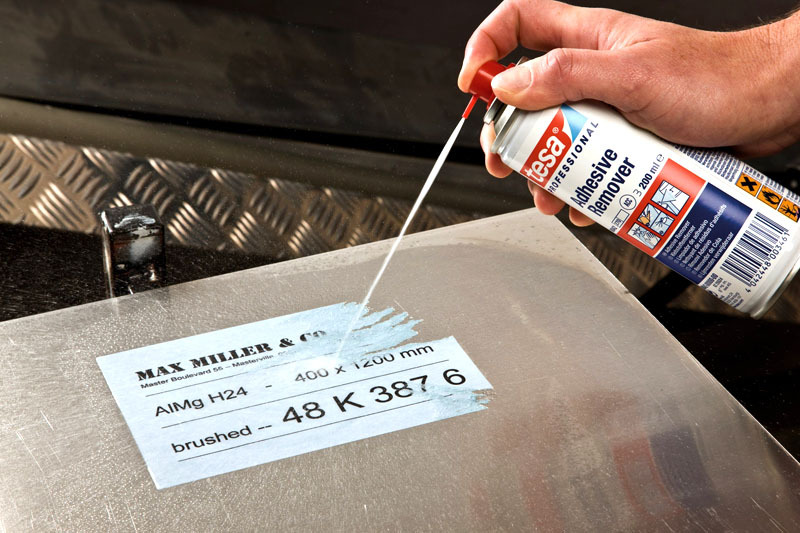
Removing labels and glue residues from plastic
To remove a sticker from plastic, you can use 5 different formulations, including:
- Ethanol - suitable for removing glue residues. The stain should be moistened with alcohol and wait 5-7 minutes. During this time, the base rolls down, after which it is removed with a clean cloth.
- Vegetable oil - quite an interesting option for removing the sticker. It is necessary to soak the label with oil, after which it can be removed with a regular blade without a trace.
- Soda and water - it is necessary to dilute sodium bicarbonate to a paste state, and then apply to the sticker. After 5-7 minutes, the label can be removed with a washcloth.
- Thinner for paints - the label is soaked for 5 minutes, after which it can be removed with a plastic scraper.
- Acetone - the most powerful remedy. It is applied to the sticker for 2-3 minutes, after which the sticker can be easily removed.
If there are a lot of new plastic items and you need to quickly remove the stickers, you should purchase a special aerosol designed for such purposes. It can be found in almost any household chemical store.
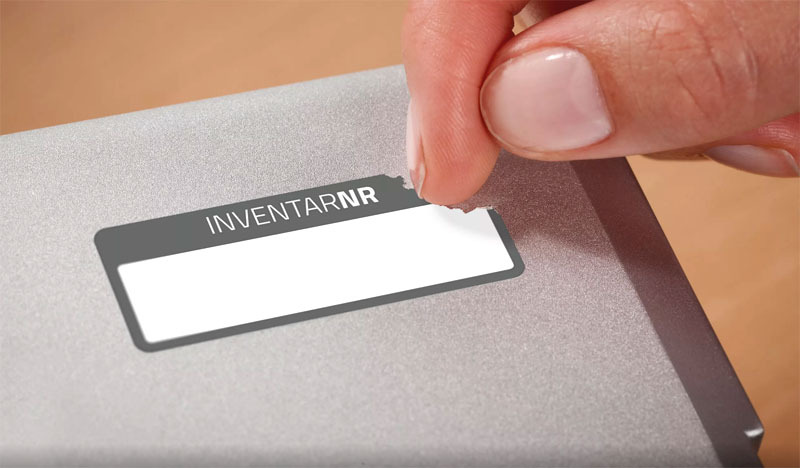
How to remove a sticker from a glass surface without leaving any residue
In this case, as in the previous one, you can use soda or use one of the five options that will now be considered.
Using a hair dryer. The hot air stream softens the adhesive base very quickly. After that, it is enough to gently pry the sticker with a knife and remove it. All that remains is to rinse the dishes using any means.
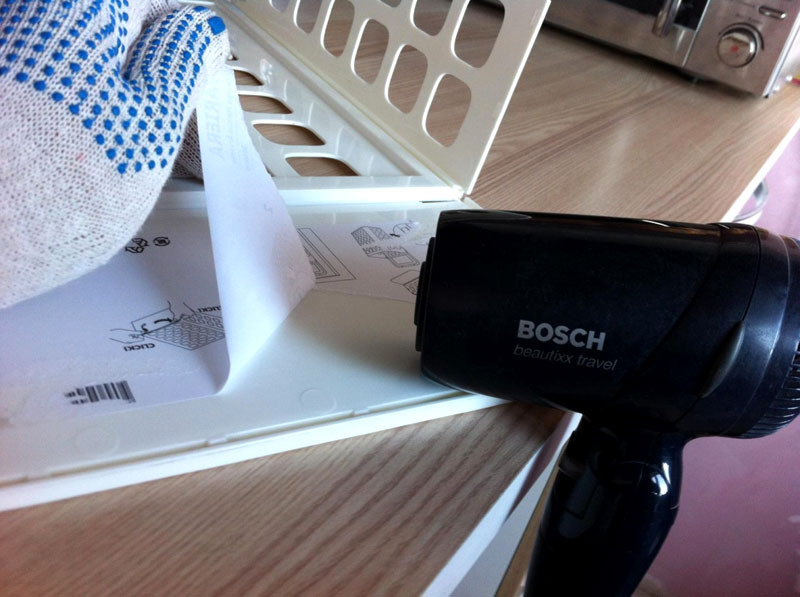
Steam. The glass should be held over boiling water for about 5 minutes. The sticker gets wet and peels off, the dishes are washed.
Soaking the label in boiling water with detergent. After a while, the sticker is removed with a knife or metal sponge. It is worth noting that stickers from glassware must be removed before the first wash. Otherwise, the work will be much more difficult.
Using cologne or vodka. These solvents are also excellent at soaking glue. The paper shows when it is soaked. After that, the sticker is removed with a metal sponge or scraped off with a knife.
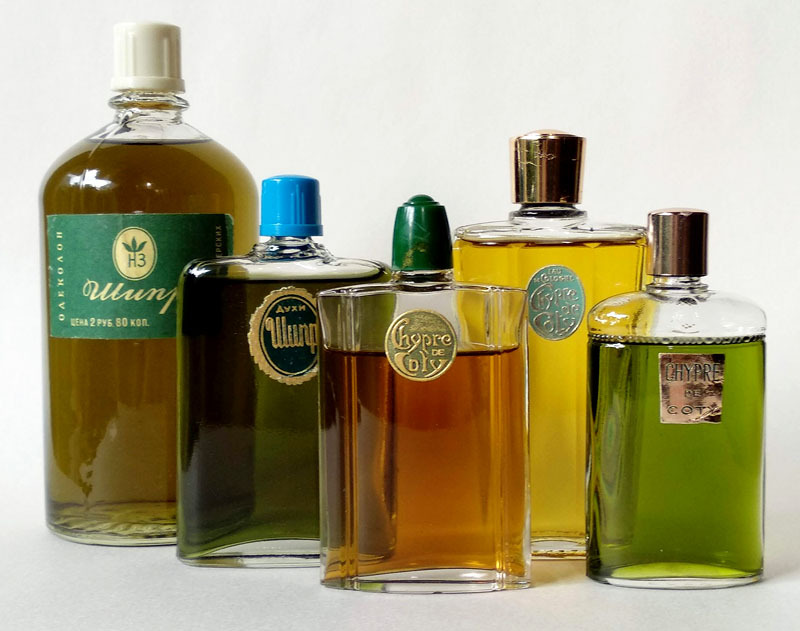
Vinegar - another option for soaking the glue. Residues can also be removed with a sponge or scraper.
Removing labels and glue from book covers
You should be more careful with such surfaces.
Removing the sticker will help:
- Iron - cover the sticker with a thick cloth and warm it up. The heated label can be easily removed from the cardboard.
- Duct tape - when the main part of the label is removed, the residues can be removed with adhesive tape.
- Acetone-free solvent - this method is suitable for glossy surfaces. The label is soaked and removed with a coarse cloth.
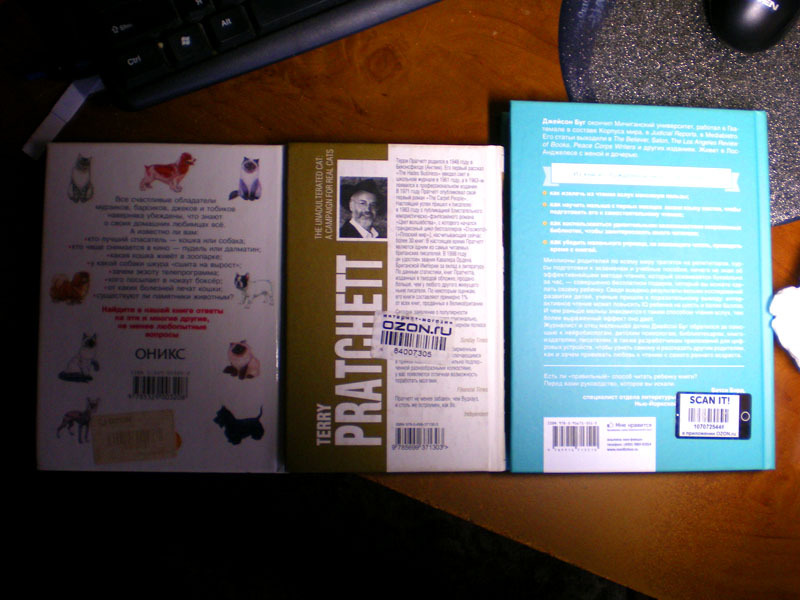
Fabric: how to remove the adhesive from the label
In this case, it is best not to use any chemicals. Heating with a hairdryer will help, after which the adhesive from the label is removed with a furniture brush. After this treatment, the fabric should be washed (if possible). In general, it is quite difficult to remove the glue from the fabric. Solvents can spoil the color, and baking soda is also not applicable. Therefore, it is best to avoid purchasing such things as much as possible.
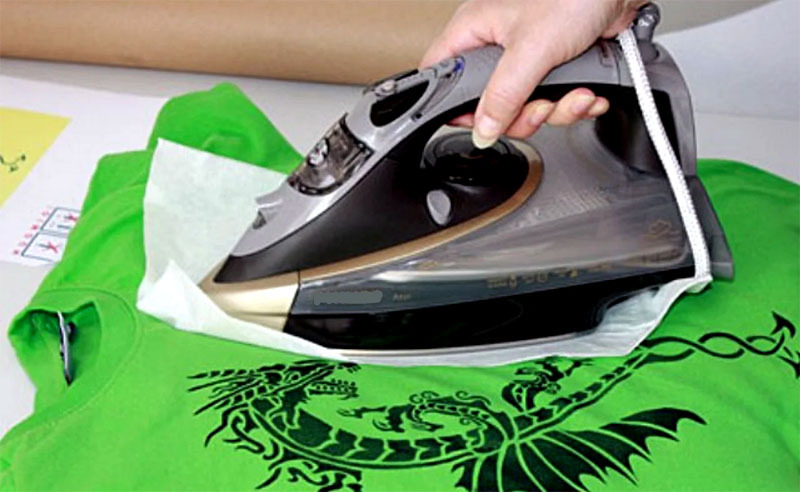
Other options for cleaning surfaces from glue
The option of removing the glue with the help of lemons can be called quite interesting. The label must be soaked in juice, after which it can be easily removed. However, again, it is not always wise to apply this method to dyed fabric. The acid contained in lemon juice can damage the paint, after which the thing will only have to be worn in the country to work in the garden.
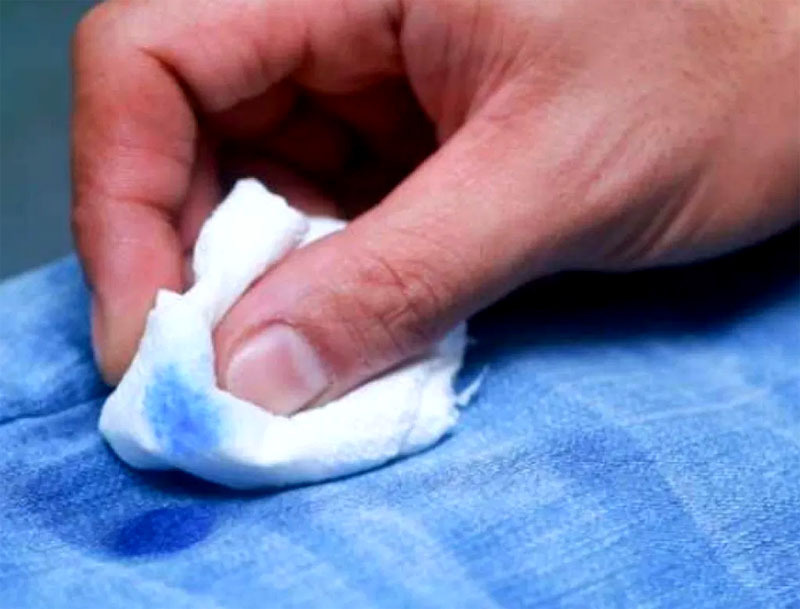
Metal surfaces: how to remove the glue
This is the most resistant material, and therefore it will not be difficult to remove the label from it. Almost all of the above options are suitable here. The only exception for metal, if it is not stainless steel, may be citric acid. For the rest, you can use any, even quite aggressive chemicals.

Final part
Removing stickers and glue from them has quite a few nuances. The main task here is not to damage the surface from which the sticker is being removed. That is why experts advise you to check this or that product in the least noticeable place to determine if the chemical will spoil the material. For example, some types of plastic do not tolerate contact with acetone. In this sense, the most resistant materials are glass, porcelain and metal. However, even steel can be damaged by some acids. Stains may appear on the metal that cannot be removed. Therefore, you should use detergents and cleaning agents with care.
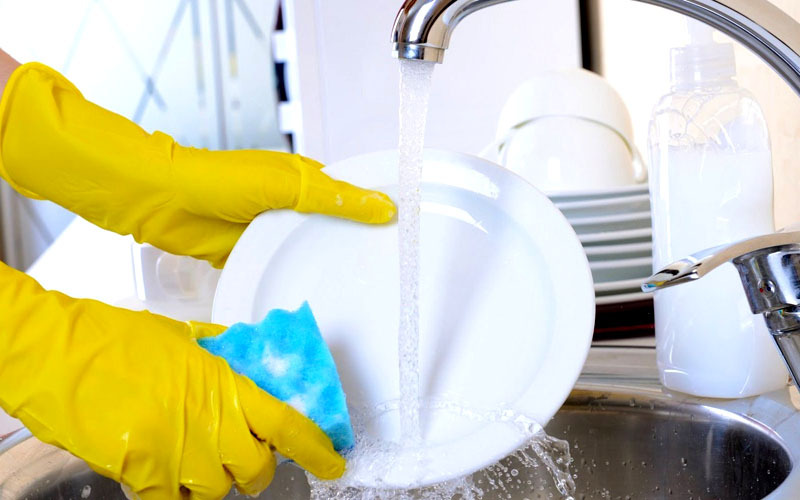
We hope that today's review will help dear readers and housewives in such a difficult task as removing stickers. The editors of the online magazine HouseChief will be happy to answer the questions that you have in the process of reviewing the information presented, as soon as possible. You just need to state the essence in the comments below. There you can also discuss various ways to remove stickers, share your experience, if the method was not considered today. Also, do not forget to rate what you read. Your feedback is extremely important to us. And finally, as has already happened, we bring to your attention a short video that will help to more fully reveal today's topic. Take care of yourself, your loved ones and be healthy!



